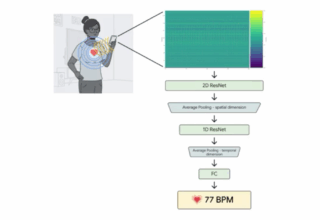
Payroll processing when performed on Excel can lead to a host of issues. Yet, it continues to be the preferred tool to perform the payroll process among SMBs in India. When it comes to processing payroll on Excel, users first need to be educated about the shortcomings of the tool and the alternatives available. There are many points in the payroll process where a single error could result in the whole process going haywire, leading to glaring errors in the output. Also, the payroll management process is seen to get more complex with increase in the employee count as additional requirements like PF and others have to be factored in. Even this factor often necessitates a shift from Excel to payroll software if efficiency is to be maintained.
Key Issues: Excel vs payroll software
Formula Errors: Formulae may not get copied to the intended cell on spreadsheets due to issues with formatting. Such problems, when realized too close to statutory deadlines, can result in unnecessary time crunches and stress. Payroll processing software helps one avoid such scenarios with its user-friendly interface. Faulty formatting of critical dates, such as date of birth and date of joining on Excel may also result in the payout being affected.
Income tax calculations: Income tax slabs are hardly as straightforward as salary structures. Taxable income, raw tax, cess and more have to be calculated for each employee, and Excel offers no means of verifying the formulae for each of these before applying them. Integrating IT slabs into a spreadsheet can be problematic with regard to accuracy. This is key here as an increased or reduced output can have cost implications and also lead to state-imposed penalties, apart from disgruntled employees and loss of credibility. Given the stakes, dependence on Excel is not recommended for purposes of tax.
Negative net pay: Negative net pay could result in cases where the CTC is low. The typical salary structure of an employee is such that a few of the components are arrived at based on formulae and others are absolute values. If the CTC of the employee in question is low, a negative output may result as a result of the absolute values in the equation. Such a negative output can not be filtered out by Excel whereas software that handles the payroll process is powerful enough to do so.
Human error: Errors in the entry of alphanumeric codes, such as PAN card numbers, may occur as Excel is incapable of spotting such specifics. For example, the 4th character of a PAN number may not be a ‘P’ (for ‘professional’, used in case of all salaried individuals) or the total number of characters may not add up to ten but could still be accepted by Excel. Or, the letter ‘o’ may get replaced with a zero and yet go unnoticed. Employee number, bank account number, etc., too may be strewn with copy-paste errors and such that go unrecognized, but are spotted and filtered out by software that handles the payroll management process. Duplication of data (i.e., for instance, the same employee number may be attributed to two employees) may also result from human error and yet be accepted by the system whereas software that handles the payroll process recognizes and avoids duplicates.
Excel also presents difficulties with payslip generation, statutory report generation, and while working with multiple sheets. In addition, older files could get misplaced, data security may be a problem, etc.
Payroll software essentially takes the tedious and unnecessarily long drawn out process of manual payroll processing and turns it into a one-click process.

















